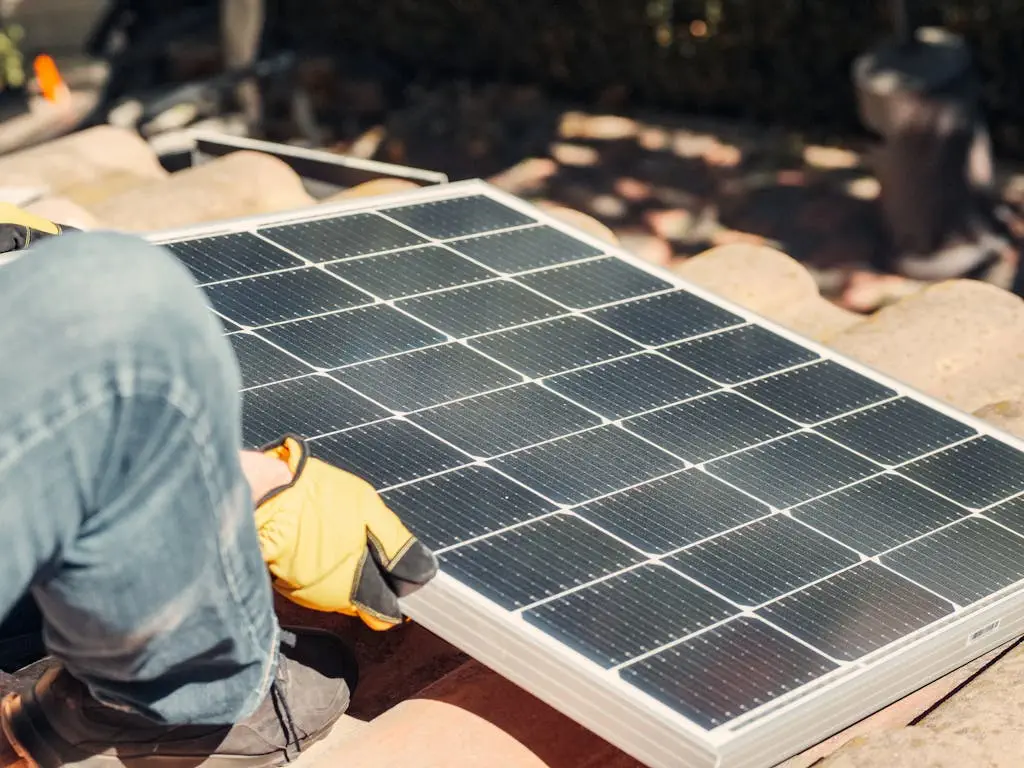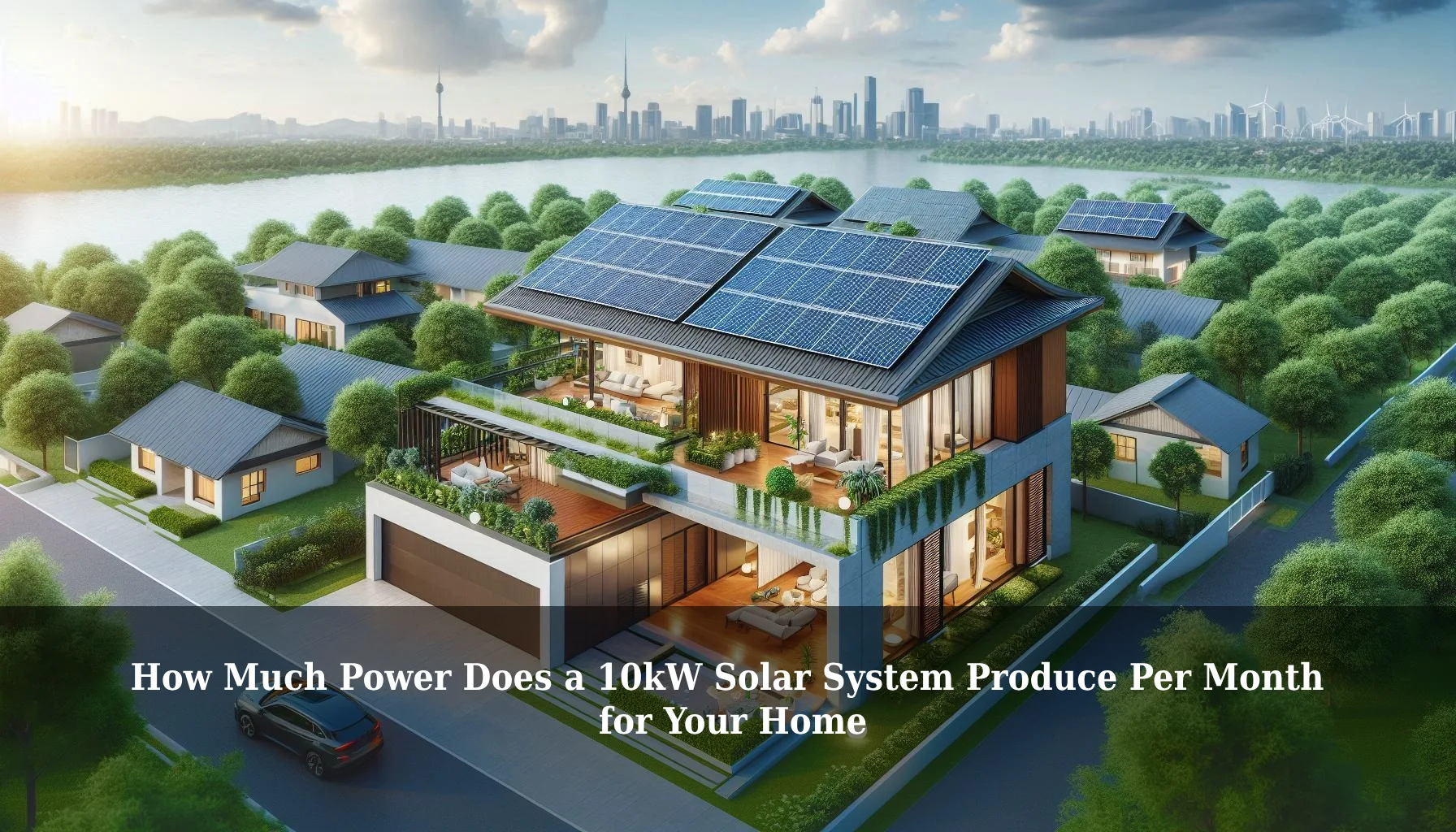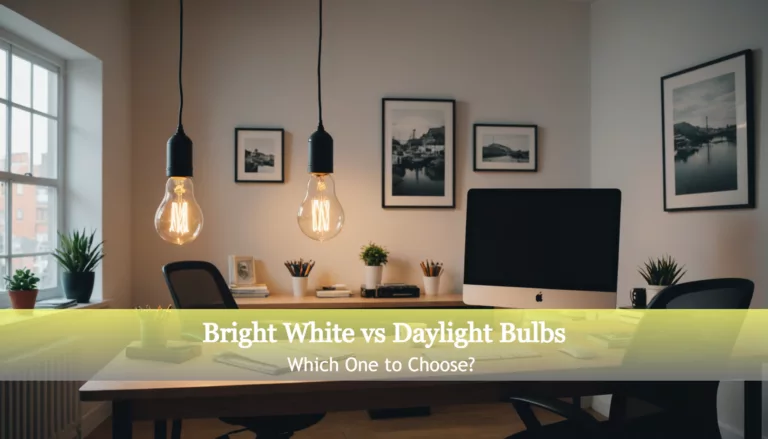How Much Power Does a 10kW Solar System Produce Per Month for Your Home?
Have you ever wondered how much power does a 10kW solar system produce per month? This exciting technology can generate a significant amount of clean energy, which is not only great for the planet but also helps lower your electricity bills! Understanding the monthly energy output of a 10kW solar system is crucial for anyone thinking about switching to solar power. If you don’t grasp how much energy you can expect, you might end up choosing the wrong system size, which could mean missing out on saving money and maximizing your energy needs.
In this article, we’ll dive into how to estimate the power production of a 10kW solar system, explore the various factors that influence its output, and learn how to optimize your solar panels for maximum efficiency. From average monthly production across different regions to tips on maintenance and installation, you’ll get all the insights needed for your solar journey. Let’s jump in and discover how solar energy can light up your life!
Understanding How Much Power a 10kW Solar System Produces Monthly

Factors Affecting Solar System Output
A 10kW solar system’s output can vary based on several factors. Geographic location plays an important role; regions with strong, direct sunlight often yield higher electricity production. Seasonal variations also influence output, with summer months generating more power than winter. The tilt and orientation of the panels are crucial—south-facing arrays capture the most sunlight.
- Key factors include:
- Sunlight intensity
- Weather patterns
- Installation angle and tilt
Resources:
Average 10kW Solar System Production by Region
Monthly production differs across regions. In sunny areas such as the Southwest, a 10kW solar system produces 1,500–1,600 kWh per month. In moderate regions like parts of the Southeast, output ranges from 1,200 to 1,400 kWh. Places with less sun, for example in the Northeast, typically achieve 1,000–1,200 kWh monthly.
- Average outputs:
- Sunny: 1,500–1,600 kWh/month
- Moderate: 1,200–1,400 kWh/month
- Less sunny: 1,000–1,200 kWh/month
Estimating Specific Production Levels
Online solar calculators assist in estimating how much power a 10kW solar system produces per month. These tools use local weather data, geographic coordinates, and system specifications to provide precise estimates.
- Estimation steps:
- Enter the geographic location
- Input system size and orientation
- Review historical weather patterns
Is a 10kW Solar System Sufficient for a Home?

Evaluating Home Energy Needs
A 10kW solar system may meet a household’s energy demands in areas with ample sunlight. Comparing past utility bills with the system’s estimated output helps in assessing its suitability.
- Considerations include:
- Annual energy consumption
- Peak electricity hours
- Appliance load analysis
Calculating Proper System Size
Evaluating average energy needs against the production of a 10kW system offers clarity. Solar calculators and professional assessments provide detailed guidance for sizing the installation. (Deye, Sun Valley Solar)
- Calculation factors:
- Monthly kilowatt-hour usage
- System efficiency
- Roof orientation
When a Larger System May Be Needed
If a household consistently uses more power than average, a 10kW system might not be enough. High energy bills, frequent reliance on backup power, or production that falls short of needs are indicators for considering a larger installation.
- Signs a larger system is required:
- Elevated monthly energy bills
- Regular need for backup power
- Insufficient production relative to usage
What to Expect: Monthly Power Production from a 10kW Solar System

Production Table: Monthly Output by Region
The table below shows estimated monthly outputs and demonstrates how much power a 10kW solar system produces across different locations:
| Region | Estimated Output (kWh/month) |
|---|---|
| Sunny (Southwest) | 1,500 – 1,600 |
| Moderate (Southeast) | 1,200 – 1,400 |
| Less Sunny (Northeast) | 1,000 – 1,200 |
Seasonal Variations in Production
Seasonal changes affect how much power a 10kW solar system produces per month. In summer, longer days and higher sun angles boost output, while shorter winter days lower production.
- Seasonal points:
- Summer: Higher production
- Winter: Lower production
How to Maximize Your 10kW Solar System’s Production

Installation Techniques to Increase Output
Proper installation maximizes energy capture. Panels placed with optimal tilt, correct orientation, and minimal shading enhance performance significantly.
- Techniques include:
- South-facing installation
- Reduced shading
- Adjustable tilt angles
Battery Storage to Enhance Efficiency
Battery storage systems hold excess energy for use when sunlight is limited. This integration ensures steady power availability and better overall energy management.
- Benefits include:
- Backup during overcast days
- Balanced energy use
- Higher system self-sufficiency
Maintenance Practices for Optimal Production
Regular maintenance keeps the system operating at its best. Cleaning panels and inspecting mounts ensure that the 10kW solar system produces maximum power each month.
- Maintenance tips:
- Clean panels periodically
- Check for damage or loose connections
- Schedule annual inspections
Financial Benefits: Savings from a 10kW Solar System

Payback Period for a 10kW System
The payback period for a 10kW solar system depends on installation costs, available incentives, and local electricity rates. Solar calculators provide estimates for the length of time needed to recover the investment. (Solar Reviews)
Expected Utility Bill Savings
A 10kW solar system can lower monthly utility bills by substituting grid electricity with solar power. Savings vary based on local rates and consumption levels.
- Savings factors include:
- Lower reliance on grid power
- Eligibility for tax credits and rebates
- Favorable local electricity tariffs
Conclusion
A 10kW solar system generally produces between 1,200 and 1,600 kWh per month. This output varies based on factors such as geographic location, seasonal changes, and the angle of installation. On average, the system generates about 40 to 60 kWh daily, which helps offset typical household electricity consumption.
The production figures demonstrate that how much power a 10kW solar system produces per month strongly depends on local conditions. In regions with abundant sunlight, higher monthly production is common compared to areas with persistent cloud cover. Proper installation, which considers panel orientation and tilt, and routine maintenance such as cleaning panels and checking for shading are essential practices that ensure optimal system performance.
FAQs
1. How much power does a 10kW solar system produce per month?
A typical 10kW solar system produces between 1,200 and 1,600 kWh each month. Production depends on location, weather, and installation specifics.
2. What factors affect a 10kW system’s output?
Geographic location, seasonal changes, and panel tilt and orientation are the main factors that influence monthly production.
3. Can a 10kW system power an entire home?
Many homes meet most of their energy needs with a 10kW system. However, higher energy use may require a larger installation.
4. What practices help maximize system performance?
Optimal installation, regular maintenance, and the use of battery storage enhance overall production.







